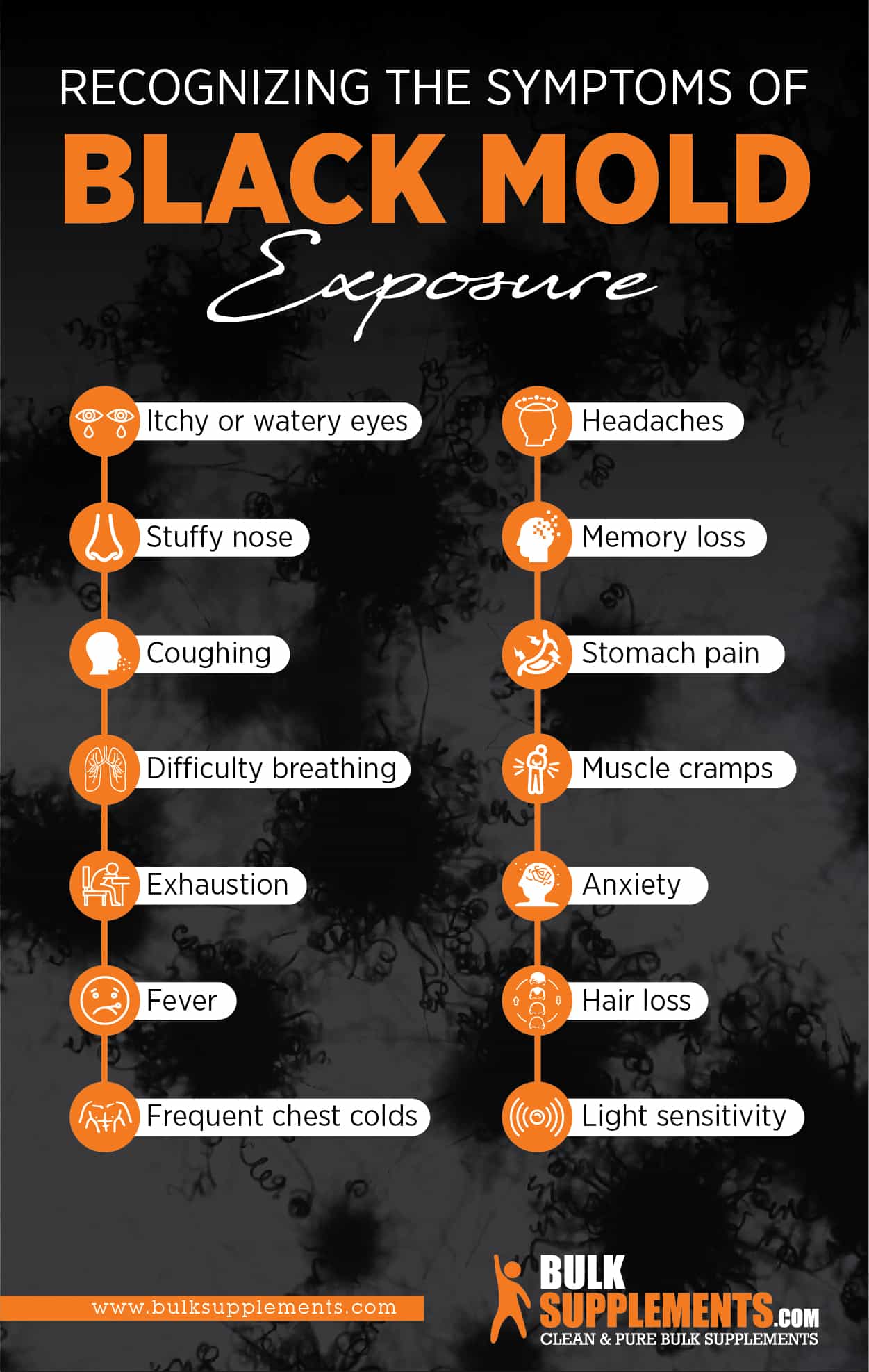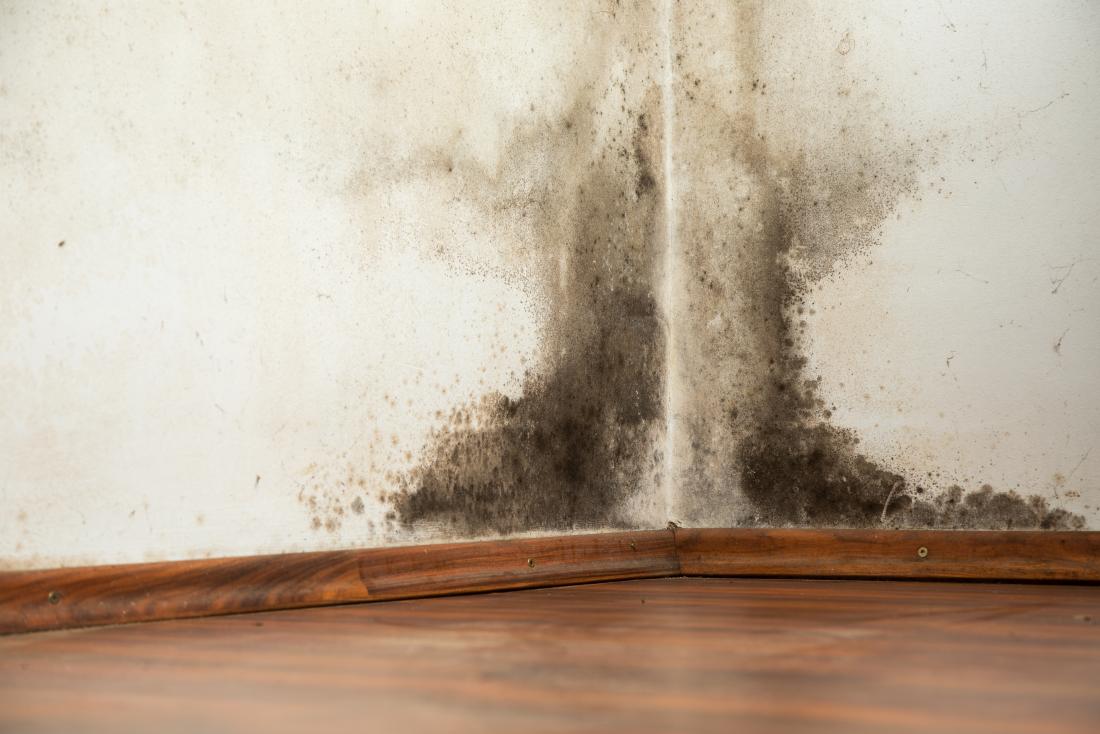
Mold Exposure Symptoms Sore Throat. Symptoms of mold exposure may include headache sore throat runny nose coughing sneezing watery eyes and fatigue. Finally the incendiary reaction and disturbance in the nasal hole and sinuses frequently provoke a runny nose. How to minimize your risk. These include aches and pains changes in mood headaches memory loss and nose bleeds.

This can likewise prompt a sore throat. The mold itself can cause irritation. Its dark color is often attributed to its menacing health effects. A sore throat happens after exposure to black mold because the mold spores are taken in through your mouth and cause irritation to your throat. Exposure to mold can trigger allergic reactions and asthma symptoms in people who are allergic to mold. Mold exposure and sore throat treatment The best treatment for any allergy is to avoid triggers.
Other symptoms may include skin rashes and headaches.
Coughing doesnt affect everyone who is exposed to mold in the houses it only affects some individuals. Symptoms of mold exposure may include headache sore throat runny nose coughing sneezing watery eyes and fatigue. However even without mold dampness indoors causes asthma attacks and other upper and lower respiratory problems. Prolonged exposure to mold may result in allergy-like symptoms such as a runny nose and congestion eye irritation sneezing coughing sore throat wheezing and lung irritation according to Healthline. This is because mold spores and related toxins irritate mucous membranes in the throat leaving it feeling uncomfortable or even painful adds the source. Here are some red flags of toxic mold exposure that should never be ignored.